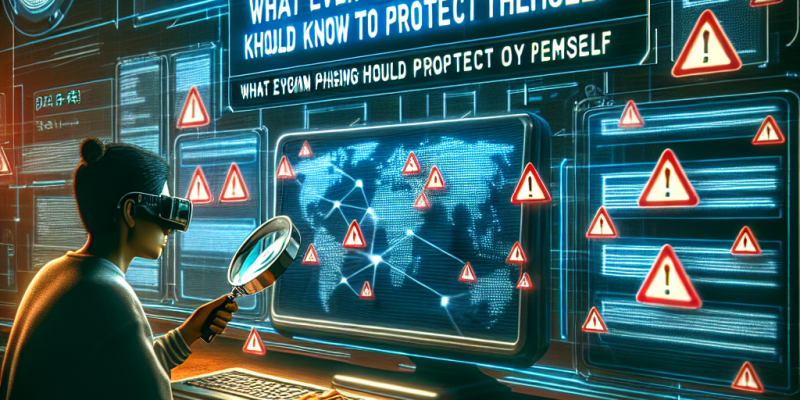Phishing Trends in 2025: What Every Individual Should Know to Protect Themselves

As we move deeper into 2025, phishing attacks continue to evolve and pose serious threats to individuals and organizations. Understanding the latest phishing trends is crucial for protecting your personal information. Here’s what you need to know to stay safe in today’s digital world.
What is Phishing?
Phishing is a cybercrime where attackers try to trick you into giving up sensitive information, like passwords, credit card numbers, or personal details. They often do this through emails, texts, or fake websites that look real.
Latest Phishing Trends in 2025
1. Use of AI and Deepfake Technology
In 2025, phishing attacks have become more sophisticated thanks to artificial intelligence (AI). Criminals use AI to create realistic-looking emails and messages that can fool even the most careful individuals. Deepfake technology is also being used to create fake video calls or voice recordings, making it even harder to identify scams.
2. Tailored Phishing Attacks
Gone are the days of generic phishing emails. Today, attackers often customize their messages based on personal information they gather from social media and online profiles. This personalization makes their attempts seem more credible, increasing the chances of success.
3. Ransomware Phishing
Ransomware is another significant threat linked to phishing. Attackers send emails that contain malicious links or attachments, which, when clicked, can install ransomware on your device. In 2025, ransomware attacks have become both more common and more damaging, targeting both individuals and businesses.
4. Phishing via Social Media and Messaging Apps
Phishing is not limited to emails. Social media platforms and messaging apps are becoming popular avenues for cybercriminals. Scammers impersonate friends or trusted contacts to request money or personal information, increasing the trust factor and chances of success.
5. Scam Impersonation
Attackers are increasingly impersonating legitimate organizations, such as banks, government agencies, or well-known companies. They might create fake websites that look very similar to the original ones, convincing users to log in and share their details.
How to Protect Yourself
1. Be Cautious with Emails
Always check the sender’s address. Look for signs of spoofing, such as slight spelling changes. If an email seems suspicious, don’t click on any links or attachments.
2. Verify Requests for Sensitive Information
If you receive a message asking for personal information, verify it through official channels. Don’t reply directly to the email or click any links.
3. Use Strong, Unique Passwords
Create strong passwords that combine letters, numbers, and symbols. Use different passwords for each account and consider utilizing a password manager to keep track of them.
4. Enable Two-Factor Authentication (2FA)
Two-factor authentication adds an extra layer of security. Even if someone gets your password, they’ll need a second piece of information (like a code sent to your phone) to access your account.
5. Stay Educated
Stay informed about the latest phishing tactics. Organizations and cybersecurity experts often share tips and updates on their websites or through newsletters.
6. Install Security Software
Use reliable antivirus or anti-malware software to protect your devices. Regularly update it to defend against new threats.
Conclusion
With phishing tactics evolving rapidly, staying aware and proactive is essential in protecting yourself in 2025. By understanding the latest trends and following these protective measures, you can significantly reduce your risk of becoming a victim of phishing scams. Stay vigilant, and always trust your instincts when something feels off in the digital world.














